The iconic Kennedy Space Center Visitor Complex in Florida has once again pushed the boundaries of space exploration education with its newly launched Lunar Simulation Experience. This immersive attraction allows visitors to step into the boots of Artemis-generation astronauts, offering an unprecedented glimpse into humanity's return to the Moon. The $5 million exhibit represents NASA's commitment to engaging the public in its ambitious lunar exploration program while honoring the legacy of Apollo-era achievements.
Walking through the massive glass doors of the newly constructed Moon Wing, guests are immediately transported to the lunar surface. The attention to detail is staggering - from the carefully recreated regolith texture beneath visitors' feet to the precisely angled lighting that mimics the Sun's glare on the Moon's airless surface. "We worked closely with active astronauts and lunar geologists to ensure every element meets scientific accuracy," explains Dr. Ellen Cho, the lead designer of the experience. "Even the way dust particles behave in the low-gravity simulation has been painstakingly programmed based on data from recent robotic missions."
The centerpiece of the experience is the full-scale lunar terrain park where visitors can test prototype exploration tools. Wearing specialized gloves that simulate the stiffness of pressurized spacesuit gloves, participants operate robotic arms, collect geological samples, and even attempt simple repairs on mock lunar infrastructure. The activities highlight very real challenges astronauts will face during extended lunar missions. Nearby, a team of educators provides context about how these simulated tasks relate to NASA's actual Artemis mission objectives.
Perhaps the most technologically impressive element is the partial gravity simulator. Using an innovative harness system adapted from astronaut training equipment, visitors can experience moving in the Moon's one-sixth gravity environment. The system cleverly adjusts resistance as participants practice walking, jumping, and even falling - all while surrounded by a 360-degree projection of the lunar landscape. Safety monitors ensure everyone enjoys the experience without risk, though many visitors report feeling surprisingly disoriented during their first lunar "steps."
Complementing the physical exhibits is an augmented reality component accessible through visitor smartphones or provided devices. By pointing their cameras at various markers throughout the exhibit, guests can see virtual representations of future lunar bases, resource extraction operations, and even the Earth hanging in the black lunar sky. The AR experience includes narrated explanations from current Artemis astronauts, many of whom trained with similar simulation technology during their preparation for upcoming missions.
Educational displays throughout the exhibit trace humanity's lunar exploration timeline from the first telescopic observations to present-day commercial landers. Particularly moving is a section dedicated to the Apollo program, featuring never-before-seen training footage of Neil Armstrong and Buzz Aldrin practicing lunar activities before their historic mission. The contrast between 1960s simulation technology and today's advanced systems powerfully illustrates how far space exploration capabilities have progressed.
Kennedy Space Center Director Janet Petro emphasized how this new experience fulfills NASA's educational mission: "We're not just teaching visitors about going back to the Moon - we're letting them feel it in their bones. When a child struggles to pick up a simulated moon rock with bulky gloves, they gain visceral understanding of what our astronauts will endure. That kind of empathy creates deeper engagement with our space program." Early metrics suggest the approach is working, with visitor surveys showing dramatic increases in comprehension of lunar exploration challenges after experiencing the simulation.
The exhibit also looks forward to NASA's long-term lunar ambitions. Detailed models showcase planned elements of the Artemis Base Camp, from inflatable habitats to power systems. Interactive stations let visitors attempt to solve real engineering problems like managing lunar dust contamination or balancing energy needs during the two-week lunar night. These thought-provoking challenges make clear that establishing a sustainable human presence on the Moon will require solutions from across scientific disciplines - and perhaps inspiration from unexpected sources.
Special programming ties the experience to current events in space exploration. During recent tests of NASA's Space Launch System rocket, the visitor complex hosted live viewings in the exhibit's theater alongside commentary from propulsion experts. Similar events are planned for upcoming lunar lander launches and Artemis crew announcements, creating direct connections between the simulated experience and actual unfolding missions. This real-time linkage helps visitors understand they're witnessing not just history, but the beginning of humanity's permanent expansion into the solar system.
As the first groups complete their journey through the Lunar Simulation Experience, the impact is evident in their excited conversations and thoughtful questions. Families debate the best locations for moon bases, students sketch designs for improved lunar tools, and visitors of all ages gaze at the Earthrise display with new perspective. By making lunar exploration tangible, Kennedy Space Center has achieved something remarkable - turning abstract mission concepts into visceral, personal experiences that may well inspire the next generation of moonwalkers.
The exhibit represents just the beginning of Kennedy Space Center's plans to prepare the public for the new space age. With construction already underway on a Mars simulation experience slated to open in 2026, the visitor complex is positioning itself as the premier destination for immersive space education. As NASA pushes toward increasingly ambitious goals, these carefully crafted experiences ensure the taxpaying public can walk every step of the journey alongside their astronaut pioneers - if only in simulation.

By Jessica Lee/Apr 7, 2025
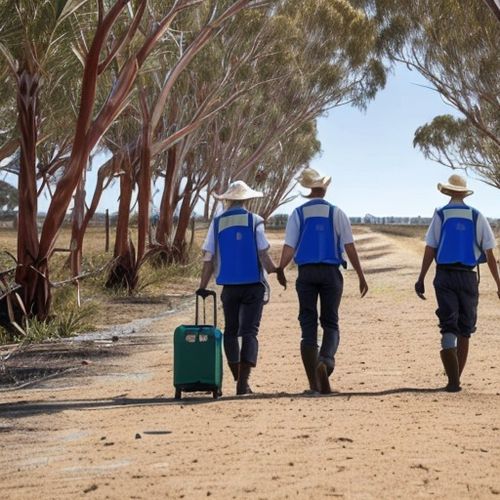
By Emily Johnson/Apr 7, 2025

By Jessica Lee/Apr 7, 2025

By Joshua Howard/Apr 7, 2025

By Amanda Phillips/Apr 7, 2025
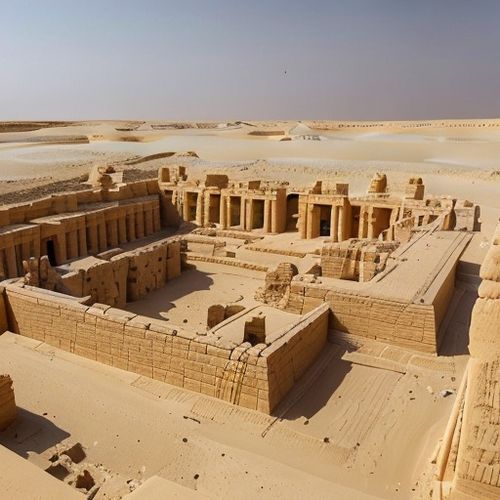
By Sophia Lewis/Apr 7, 2025
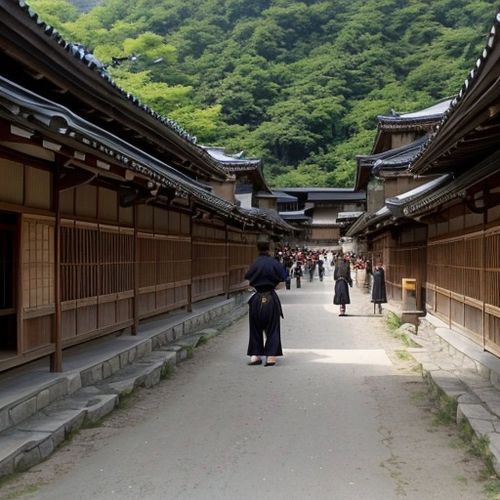
By Samuel Cooper/Apr 7, 2025

By Michael Brown/Apr 7, 2025

By Elizabeth Taylor/Apr 7, 2025
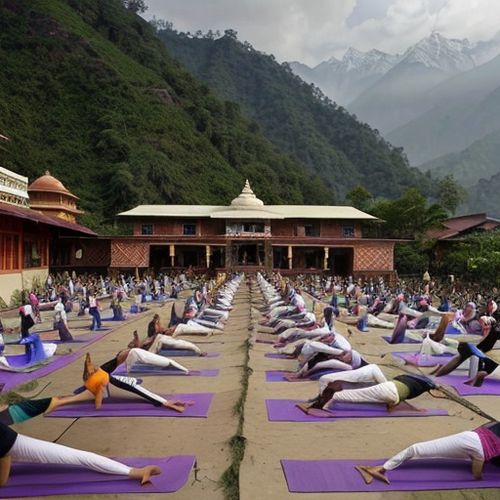
By Sarah Davis/Apr 7, 2025

By Daniel Scott/Apr 7, 2025
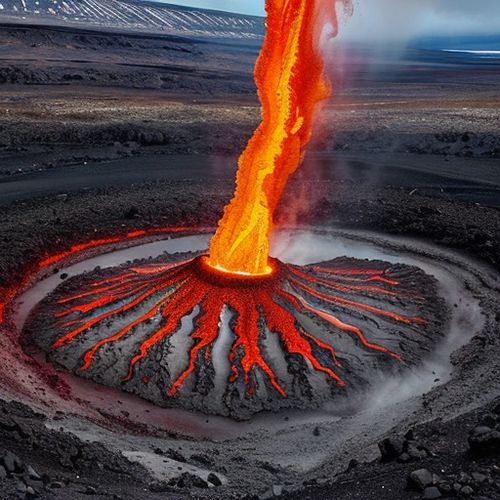
By Grace Cox/Apr 7, 2025

By Grace Cox/Apr 7, 2025
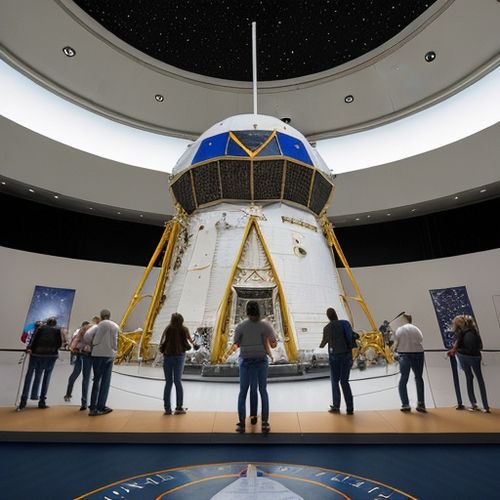
By Ryan Martin/Apr 7, 2025
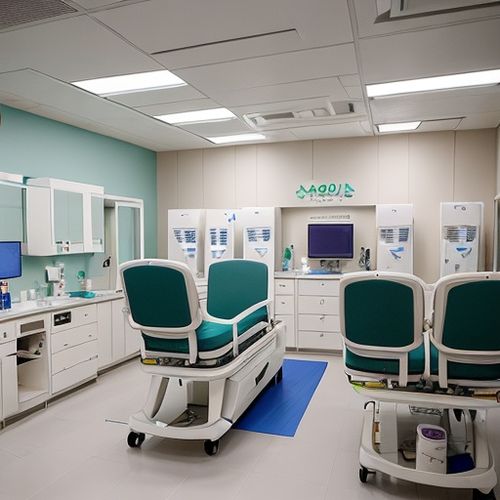
By Christopher Harris/Apr 7, 2025

By Lily Simpson/Apr 7, 2025

By Elizabeth Taylor/Apr 7, 2025

By Christopher Harris/Apr 7, 2025
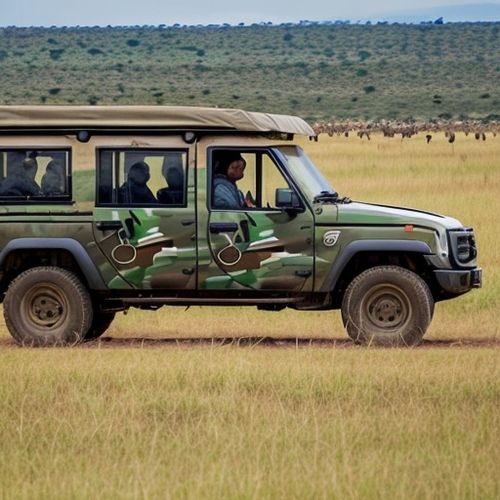
By Noah Bell/Apr 7, 2025

By Thomas Roberts/Apr 7, 2025